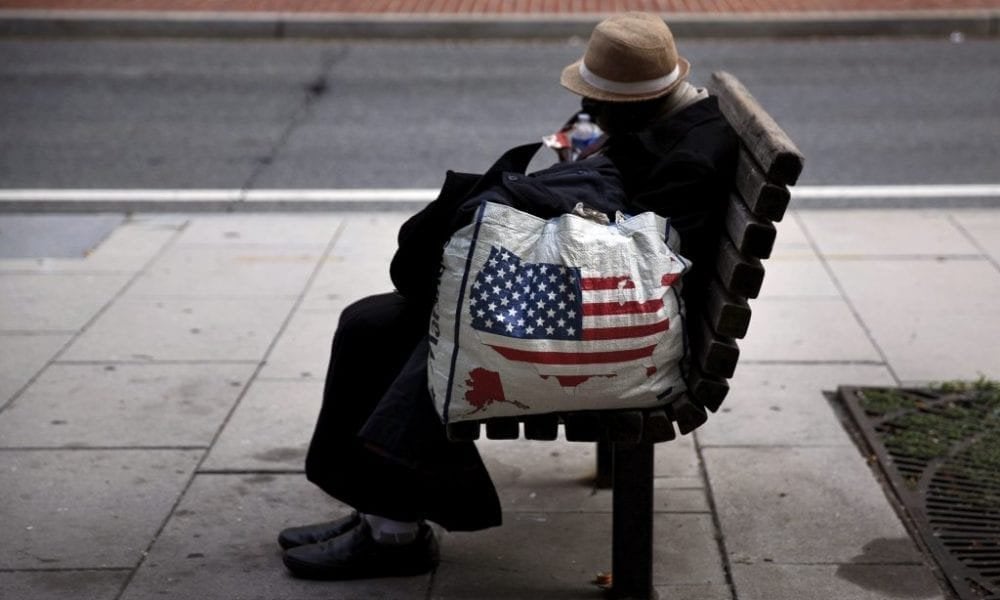
Breaking: Top 20% of Americans Now Set to Pay 87% of Income Tax

America is regarded world over as the home of the brave, land of the free. This progressiveness has seen the adoption of forward-thinking laws aimed at bettering the lives of citizens.
At present, America’s income is considered one of the most advanced. Still, 2018 promises to bring more changes to these shores. Top earners will now pay a higher share of the income taxes in the nation. The figures the top earners contribute to the taxes are expected from most of their expenses.
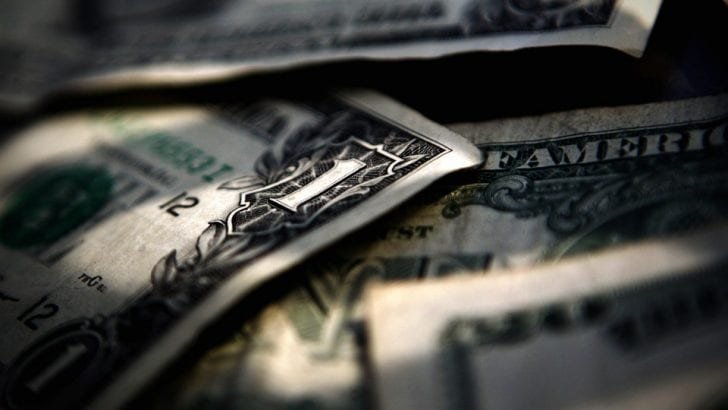
Thanks to the recently-inked tax deal, taxes are now way down for billionaires and corporations around the country. However, the poor and middle-income Americans are essentially right where they were.
Statistics show that only 52% of households rake in $150,000 or more in earnings. However, the tax law now dictates that these households are expected to cough up an incredible 87% in tax monies. These figures have significantly risen from last year’s 84%. This data was obtained after the nonpartisan Tax Policy Centre conducted research to come up with the aforementioned deductions.
The remainder fraction of American households rake in incomes less than about $86,000. These numbers represent about 27% of the national income. People lying within this bracket will no longer be required to pay a net federal income tax. This signifies a change from last year where a mandatory 2% was charged as federal tax.
Right after income tax figures, the vital revenue raisers are social insurance covers like Medicare and Social Security. As per the Joint Committee on Taxation, these services are set to provide about 34% of the total tax take this annum.
Changes Galore
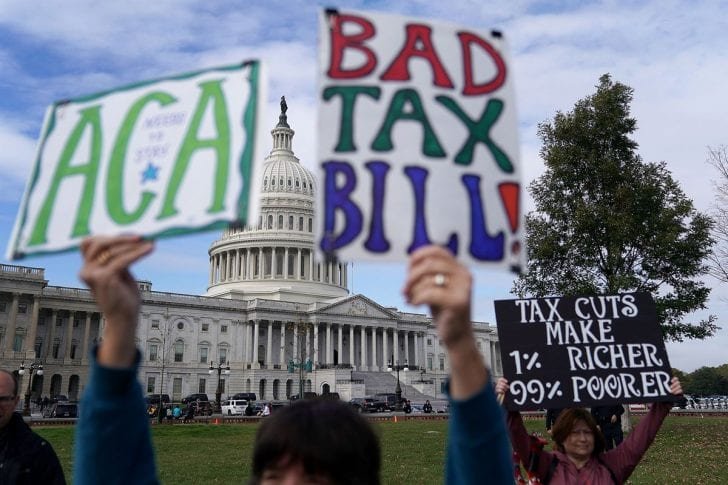
On average, about 32 percent of a state’s budget comes from the federal government. More than $657 billion in federal funding was sent to states and local governments. $67 billion directly to city governments. Such funding helps schools, road maintenance, programs for the poor and needy, health care and veteran’s benefits.
In addition, there’s a noticeable drop in corporate taxes. Last, year, the stipulated figures indicated that corporate tax accounts for 9% of the revenue. This year, the figures have dipped by 2% to 7%. The remainder figures arise from estate and gift taxes, excise taxes and miscellaneous sources like customs duties.
The Tax Policy Centre alluded that earners in the upper echelon of society make $150,000 up to $100 million and above. The super-rich makes up about one million households in the country. These people lie in the top one percent and earn $743,000 and above. Such households will account for 43% of the income tax that the government takes in. These figures are a significant increase from last year’s 38%.
According to Roberton Williams, one of the income tax-specialists working with the Tax Policy Centre, the greatest beneficiaries of the recently passed tax cut lie in the top five percent. This figure is true when taking into account dollars and percentages. However, this same group of people is set to see a notable rise in their payable income taxes.
The Specifics
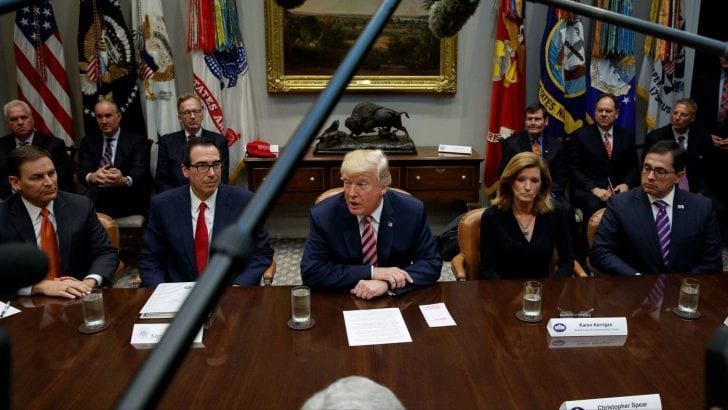
The breakdown of income taxes is like this: For every dollar, 23¢ goes to the military, with only 5¢ going to the troops in the form of housing allowances, pay, and other benefits. These figures are exclusive of the 6¢ that supports veterans through the provision of job training, health care, income support plus numerous other benefits.
In recent years, Congress members have chosen to funnel benefits for lower earners through income tax instead of other routes like federal programs. As a result, income taxes are currently at a negative value for 77 million households ranked in the bottom two tiers.
People classed in the lower tiers have seen a reduction in shares of income tax payable thanks to the recent tax reforms. It is highly plausible that the reason for this was that the numbers almost doubled the standard deduction and raised the tax credit for juveniles under 17.
Importantly, people in the lower tiers still pay other federal taxes such as Medicare and Social Security. Once these tax payments get included, their share of federal taxes reflects a positive return.
Notably, the share of tax paid by Americans in the top 20% significantly changes once social insurance levies become included in the math. So much so, that it drops to about 67% of the federal taxes. This shows a significant dip from the previous 87% of income taxes earlier mentioned.
More inAdvice
-
`
U.S. Reduces Tariffs on Japanese Cars to 15% Under Trump’s Deal
In a move reshaping U.S.-Japan trade relations, former President Donald Trump confirmed a new agreement that slashes tariffs on Japanese car...
August 9, 2025 -
`
Adults in Ohio Face Stricter Rules to Obtain Driver’s License
Ohio has passed a new law that will change the way adults under 21 get their driver’s licenses. Signed into law...
July 31, 2025 -
`
Gen Z Craves Career Guidance, But Their Parents Are Struggling Too
Gen Z is stepping into the future with curiosity and ambition—but they’re not doing it alone. A growing number of teens...
July 25, 2025 -
`
Do Car Insurance Companies Offer Pay-As-You-Go Plans?
Car insurance premiums often feel unfair to people who rarely drive. Yet, most traditional auto policies still charge a fixed monthly...
July 17, 2025 -
`
Why the Koenigsegg Sadair Spear Is the Ultimate Hypercar Beast
Koenigsegg has revealed a new beast—the Sadair’s Spear. Tuning its focus on raw performance and brutal speed, this hypercar marks the...
July 11, 2025 -
`
Which States Have the Safest—and Riskiest—Drivers in America?
Driving safety isn’t just about skill. It’s also about location. A recent nationwide report shines a spotlight on where drivers are...
July 4, 2025 -
`
How to Save on Tesla Car Insurance Without Compromising Coverage
Owning a Tesla often brings savings on fuel and a futuristic driving experience, but the conversation changes quickly when it comes...
June 26, 2025 -
`
10 Weird Cars That Turned Heads and Won Hearts
Some cars turn heads with speed, others with luxury—but a rare few grab your attention simply by being delightfully strange. From...
June 20, 2025 -
`
Next-Gen Jeep Cherokee Expected to Arrive by Late 2025
After a break of two years, Jeep is prepared to relaunch the Cherokee brand. The automaker confirmed the return with fresh...
June 12, 2025

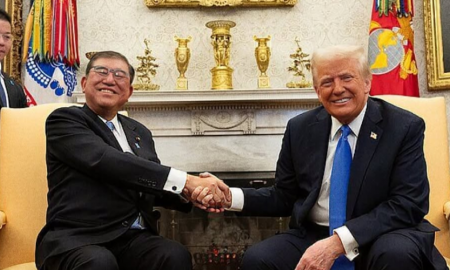













You must be logged in to post a comment Login